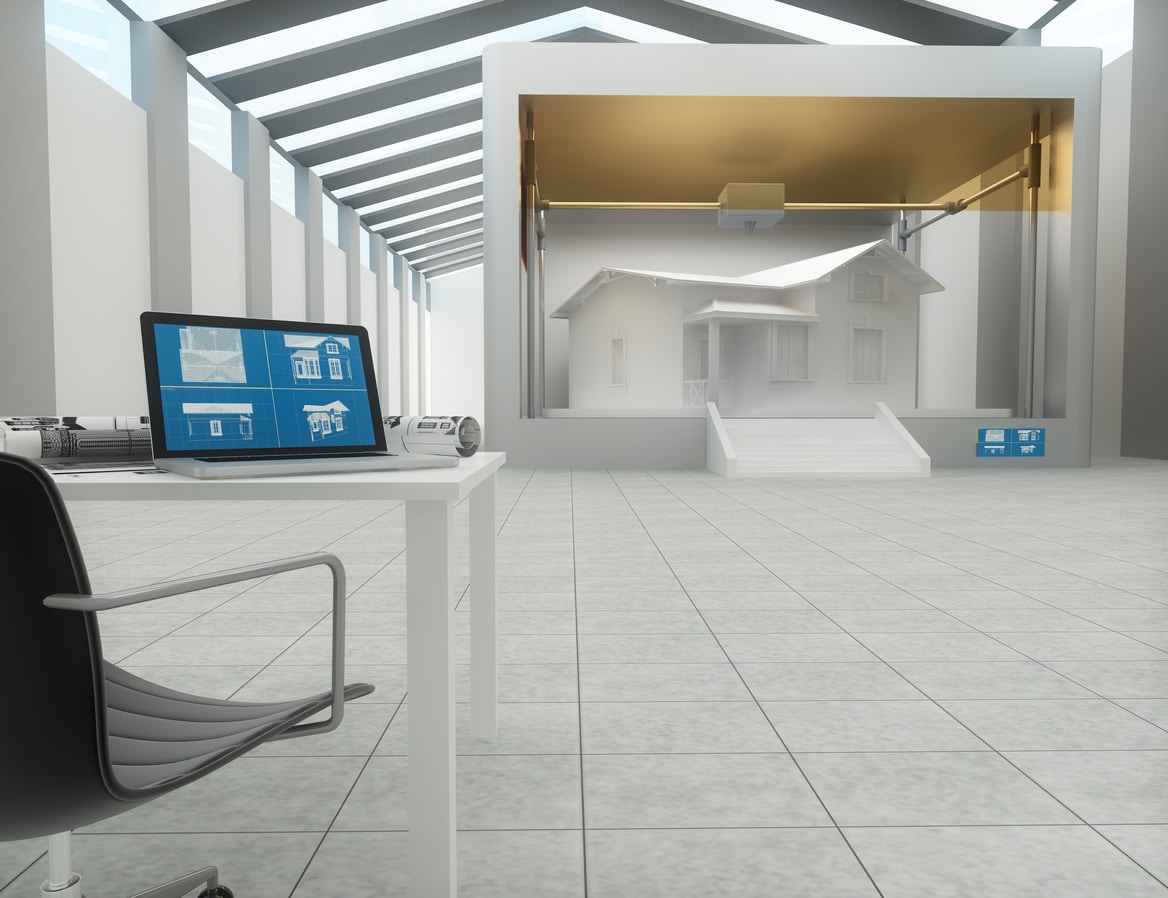
10 Types of Sustainable Materials Changing the Built Environment

Construction is one of the world’s least eco-friendly industries. It makes up 40 percent of all carbon emissions and pumps waste into local ecosystems. Thankfully, the industry has started to make positive changes to reduce its environmental footprint. These 10 building materials in particular are changing the game and creating new-look sustainable communities.
1. Bamboo
Bamboo has all of the qualities of an eco-friendly construction material. It’s one of the world’s fastest-growing plants and can survive in a variety of climates, so the supply is virtually limitless. Bamboo wood is also flexible and extremely fire-resistant, which means builders can use it for all kinds of interior and exterior purposes.
The most common bamboo construction applications are in the roofs, walls and foundations of residential buildings. The plant’s fibers have better tensile strength than steel, so they make for surprisingly sturdy foundations. Its stem shape makes it perfect for the posts and beams of walls. You can arrange them in many different patterns to achieve strength and stability.
Most importantly, bamboo doesn’t produce any harmful waste. Builders can find a purpose for every stem and anything left over is 100% compostable.
2. Precast Concrete
Precast concrete is one of the defining features of modular construction. This new building strategy involves creating structures off-site and transporting them to the job site later on. It has proven to be safer and more efficient than conventional construction. Instead of pouring concrete on-site, builders cure their own concrete in their controlled warehouse environments.
Prefabricated concrete slabs require less material, energy and labor to produce, making them more sustainable than regular slabs. They have become increasingly common in urban architecture. One of the earliest and most well-known examples of a precast concrete building is the Sydney Opera House, which opened in 1973.
3. Cross-Laminated Timber
Timber manufacturing needs to become more efficient if we want to achieve sustainable construction. Cross-laminated timber has addressed this problem, as we can produce it faster than standard construction timber. It’s made by gluing layers of lumber in perpendicular patterns on top of each other, which creates a strong yet bendable product.
The initial costs of CLT are higher than regular timber because of its quality and flexibility, but it plays a similar role to concrete and steel. This role opens up a new realm of architectural design that allows us to make more sustainable buildings.
4. Fabric
You might have seen fabric buildings before, as they’ve become popular in the manufacturing and agriculture industries. These simple structures are low-cost and low-maintenance, with minimal lighting and heating requirements. The energy output is microscopic compared to older, more conventional buildings.
There’s a common misconception that fabric buildings are flimsy, but they last an average of 15 to 20 years with basic maintenance. They’re durable enough to handle the elements but thin and transparent enough to rely primarily on natural light. Some commercial fabric buildings don’t need any artificial light at all, depending on the industry and work schedule.
5. Mycelium
Fungus usually isn’t the most sturdy building material, but mycelium is an exception. This material is a root-like fungus that grows underground and in rotting tree trunks. It becomes resistant to water, fire and mold when dried out. When paired with sawdust and demolition waste, it can make bricks biodegradable.
We don’t know the full scope of mycelium’s uses, so real-world applications of mycelium are still rare. However, the Hy-Fi building in New York City gives us a glimpse of the material’s capabilities. The architects grew the bricks in just five days with nothing but farm waste and mycelium.
6. Rammed Earth
Rammed earth is another lesser-known material gaining momentum in construction. Communities in Ghana have gone viral for their beautiful and eco-friendly homes made only from compressed earth, sand, clay and a tiny bit of cement. The result of layering these materials is a mesmerizing wavy color pattern.
The natural colors and compact layers of rammed earth also eliminate the need for paints and chemical sealants. These buildings naturally stay cool and clean, even in Africa’s hot climate. Rammed earth could revolutionize construction in developing countries.
7. Straw Bale
The primary building material of American pioneers is making a comeback. Straw bale is made from agricultural waste, and the result is a thick, insulated and fire-resistant material. Homes insulated with straw bale average an R-30 value, which is better than most conventional insulation materials.
Straw bale is also 100% biodegradable, so its environmental footprint is almost non-existent. These buildings can last for a century with proper maintenance and give all of their resources back to the environment when the time comes.
8. Wool
Wool is the ultimate interior comfort material because it adjusts to your body’s temperature and never loses its soft touch. Its most common uses have been clothing, blankets and other forms of home decor, but now we’re starting to use it with insulation. Unlike fiberglass insulation, wool can absorb and release moisture while maintaining its thermal efficiency.
Wool’s ability to neutralize moisture can improve your home’s air quality by removing nitrogen oxide, formaldehyde and other toxins. It’s also more effective at sound insulation, which gives you more privacy.
9. 3D-Printed Materials
3D printing has already created entire communities from scratch and the technology is only getting better. The most common 3D-printed materials are biodegradable plastics such as polylactic acid (PLA) and acrylonitrile butadiene styrene (ABS). Both materials have great flexibility and color ranges, so they’re useful in any architectural design.
Now we’re seeing conventional materials like steel and concrete being 3D printed as well. This new method can create custom concrete shapes and print them in the real world. In 2021, the Netherlands created a 40-foot bridge solely from 3D-printed steel. This technology could change how the entire world views construction.
10. Salvaged Materials
Repurposing materials is a huge part of sustainable construction. Recycled steel, wood and rubber are three great examples of the importance of salvaged materials. They slash the emissions from landfills and save precious raw resources. Most steel beams and wooden pallets used in construction today come from recycling plants.
You can also use recycled materials to strengthen concrete, brick, asphalt, masonry and other essential building mixtures. Any material that reduces the construction industry’s wastefulness is a worthwhile investment.
Building a Better World with Sustainable Materials
The transformation of the construction industry won’t happen overnight. It will take decades to learn the full capabilities of these new materials. Building a better world requires patience and consistency from everyone – contractors, manufacturers, government officials and homeowners. These sustainable materials might live up to the hype, but we must use them wisely.



Post a comment